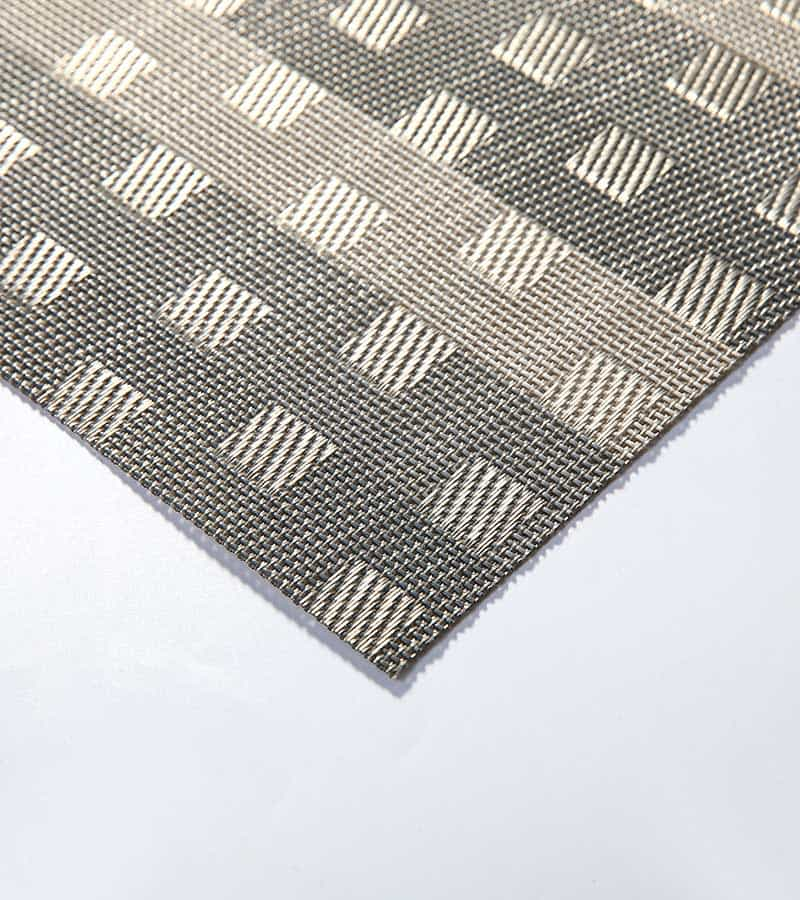Jacquard weave fabric is created by combining woven patterns. Its creation has many applications in fashion and interior design. For example, it is often used to make tablecloths and bedcovers. The fabric is highly resistant to abrasion, pilling, and stains. It is also durable enough to withstand daily use and harsh environments.
The fibers in Jacquard weave fabric play an important role in the look and feel of the fabric. Some fibers are biodegradable and support the environment while others are toxic. Cotton, for instance, is an excellent choice as it is supported by natural cycles. However, rayon and polyester are harmful for the environment.
Another type of jacquard weave fabric is damask. This type of fabric uses the ground of one weave and the designs of another weave to create a pattern on both sides. It is not as reversible as brocade, but is frequently used for tablecloths and other textiles. Its name is derived from the creator, Joseph Marie Jacquard, who started his career as a "draw boy" on a traditional brocade loom. In this job, he would lift half his body weight in the reeds and move them in the proper places to form the patterns.
Brocade is a traditional type of jacquard weave fabric, but it must be produced on a Jacquard loom. The fabric is made from various types of fibers, including cotton, rayon, and silk. The raised pattern makes brocade fabric appear slightly puckered, similar to damask.
The ornamental properties of jacquard fabric make it a popular choice for homewares, but it is also expensive. It is also not common in casual clothing, and is primarily used for more formal clothing. The fabric is often used to create drapes and curtains. It is also often used for duvet covers.
Jacquard weave fabric is flexible, which makes it useful in both hot and cold weather. A lightweight women's dress made with jacquard fabric might require ironing, while a loosely woven blanket will likely never wrinkle. The care of jacquards depends on their end use, though, so some may require dry cleaning or gentle washing while others are suitable for air drying.

Environmental Protection:It meets the European four- and six-level standards, and the United States four- and six-level standards, and can be customized according to customer requirements.
Thickness:Various thicknesses can be customized according to customer requirements, ranging from 0.2 mm to 1.5 mm.
Weight:Various weights can be customized according to customer requirements, ranging from 200 grams to 1300 grams per square meter.
